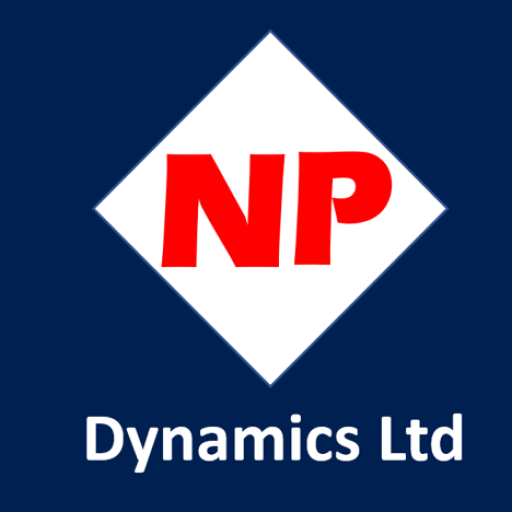As I prepare for my Dynamics 365 certification in sales (MB 210), I’m creating blog posts based on my revision. I hope that collectively these posts may prove useful to anyone also preparing for the MB 210 exam. This time I will cover the concepts around product bundles.
Below you can see the skills measured statement that refers to the product catalog. From this we can learn that the product catalog covers many topics including product families, bundles, price lists, discount lists and much more. Because of this I intend to take several posts to cover all of the details connected with the product catalog. In this post I’ll cover the concept of product bundles.

A bundle is simply a group of products that can be sold as a package. If you sold BBQs maybe a product bundle might be a BBQ grill, BBQ coal and BBQ tool set. By doing this you’d hopefully encourage customers to purchase a greater number of products.
Once created bundles can be used on opportunities, quotes, orders and invoices. (They are entered as product line items.) Like products, bundles support product relationships enabling cross-selling, up-selling, substitutions and accessories. Bundles have individual pricing. This means that the bundle will need a price list item, as an individual product would.
You create product bundles in the Products option. You can find this in various places! Including from the sales hub.

The ADD BUNDLE option is the command bar. (As shown below.)

Adding a bundle is very like adding a product, as with products you define a product ID, unit group, default unit, price list etc.

Having created the bundle, you can add the products that make up the bundle. For each product in the bundle we set the quantity to include, the units and if the product is required or optional.
Notice that the BBQ product in my bundle is showing that it has properties. I described product families and properties in an earlier post! The BBQ charcoal is associated with a product family that has an associated property.

Below you can see that I have selected the “edit properties” option. In my example the property that exists allows the size of the bag of fuel to be defined. You can see that I have opted to default it to 5KG. I could also change editable to “No” to fix the size of the bag of fuel for this bundle.

It is important to be aware that like with products a bundle needs to be activated before it can be used. (And that all of the products in the bundle will also need to be active.)
Once a bundle has been published (activated) the products within the bundle cannot be changed.
It is also important to consider price lists. As the bundle will need to be added to that price list. The price for the bundle will be derived from the bundle price NOT the sum of the prices from the individual components.
Additionally bundles can be offered as suggestions on opportunities. As it is possible to add products and product bundles as relationships.
Below you can see how a bundle would show within an opportunity. Notice that the BBQ bundle has been added in my opportunity. Below the bundle you can see a breakdown of the products that make up the bundle. Also notice that the prices for the individual product is £0, this is because the total price to be charged (£59.99) is against the bundle.
Also notice that the BBQ Charcoal has properties that can be edited. This is because BBQ charcoal is part of a family that has one or more properties defined.
Note:
Some of the screen shots below are from the classic web client rather than the new Unified Interface. This is because currently (in March 2019) the ability to edit properties and see the bundle contents are not available in the newer interface. (Although you can see / edit product suggestions.)

Suggestions may also be available related to the bundle or the products within the bundle. (Just as with “normal” products.) You can see a demonstration of this below. As an example I have created two cross sell suggestions, when buying a caravan. One is a Gas BBQ (A product) the other is my BBQ Bundle for a charcoal BBQ.

You may also need to be aware that the product bundle can be part of a product family and can therefore inherit properties from its family. In the example below my bundle has properties and the products within the bundle have properties.

I hope you can see that the concept of product bundles is quite straight forward but like other parts of the product catalog their creation may take some planning. As you need to consider price lists, product relationships, product families / properties etc. Because of this your revision will benefit from you experimenting with various combinations to ensure you fully understand the functionality connected with bundles.
As mentioned some of the features that allow us to edit properties and expand the bundle are not yet available in the Unified Client Interface. As part of your revision I suggest you test out adding bundles (with properties) into opportunities in both the web client and Unified Interface. (This is true in March 2019, the new UI is improving fast. So you may find enhancements not mentioned here!)
I hope this post has given you a good introduction to the concepts connected with bundles and therefore helped you prepare for the MB 210 exam.






Leave a comment